Climbing Mount Kilimanjaro offers a once-in-a-lifetime adventure, taking hikers to the roof of Africa. Standing tall at 19,341 feet, Kilimanjaro is the highest mountain on the continent and a must for trekkers and climbers worldwide.
If you’re up for the challenge, it’s important to understand what the climb involves. Proper preparation is key, especially since the terrain is much more challenging than your typical hike.
From acclimating to the high altitude to selecting the right gear for your journey, every part of your journey needs to be meticulously planned.
That’s why we have written this article so you can learn what it takes to climb Kilimanjaro!
Where Is Mount Kilimanjaro Located?
Mount Kilimanjaro is situated in Tanzania, which is a country in East Africa. Specifically, this majestic mountain rises near the border between Tanzania and Kenya.
When you’re in Tanzania, you’ll find Kilimanjaro northeast of the country, not too far from the Kenyan border.
It is approximately 100 miles east of the Serengeti, so you can combine your Kili climbing trip with an African safari!
How to Get to Kilimanjaro?
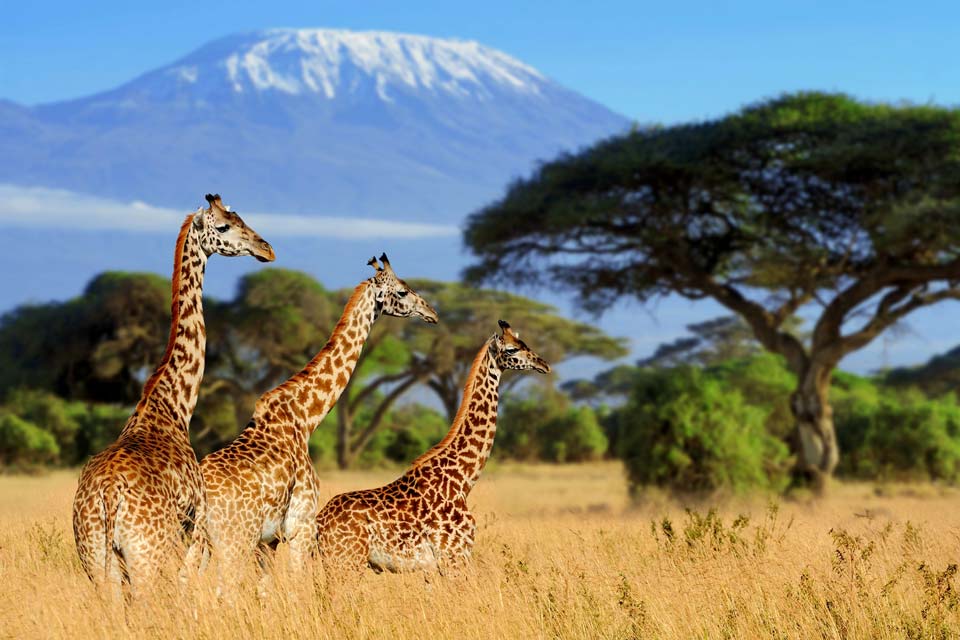
To start your climb up Mount Kilimanjaro, you must first get to Tanzania. The closest international airport to Kilimanjaro is Kilimanjaro International Airport (JRO), conveniently located between the cities of Arusha and Moshi. Most trekkers fly into JRO, where numerous international airlines have regular flights.
Once you have arrived in JRO, you’ll want to base yourself in Moshi. Compared to Arusha, Moshi is a little bit more relaxed and less hectic. It is also closer to Kilimanjaro, so most of the hikes depart from Moshi.
???? Pro Tip: Once you are in Moshi, spend a day or two acclimatizing and making any last-minute preparations for your climb. It’s also a great opportunity to explore local Tanzanian culture and cuisine.
Preparing for the Climb
To successfully reach the summit of Kilimanjaro, you need to consider the best time to climb, get in shape, gather the right gear, and understand how your body deals with high altitude.
Choosing the Right Season
The two optimal dry seasons for climbing Kilimanjaro are from July to October and December to February. These periods usually have clearer skies and minimal precipitation, making your climb more pleasant.
The best time to climb Kilimanjaro is crucial for a successful summit because rainy seasons can make the trails slippery and difficult.
Physical Conditioning
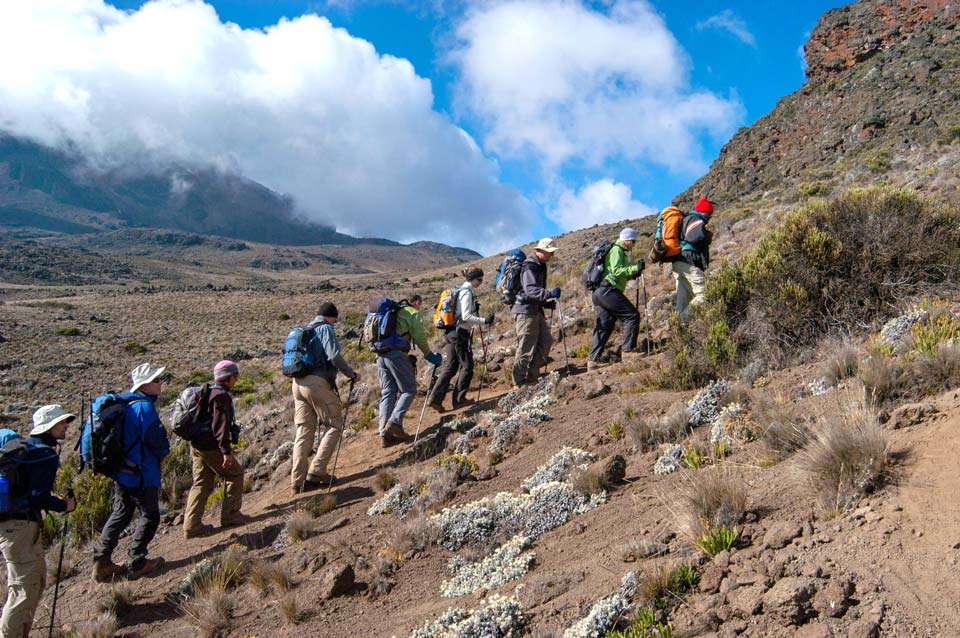
Kilimanjaro is not just a simple walk-up. It requires physical endurance. You should start training several months in advance and focus on cardiovascular exercises, strength training, and hiking.
Long-distance hikes, especially over varied terrain, will prepare your muscles for the prolonged trekking you will encounter on the mountain. Training to climb Kilimanjaro is essential to better your chances of reaching the summit.
Essential Gear and Equipment
You’ll encounter diverse climates as you ascend Kilimanjaro — from warm, tropical conditions at the base to cold, alpine conditions near the summit. You need to pack:
- A waterproof jacket for rain protection
- Fleece jacket and baselayers for warmth
- Technical clothing to wick away moisture
- Cold weather gear including hats, gloves, and a down jacket
- A warm sleeping bag designed for low temperatures
- Trekking poles (preferably ones that are lightweight and made of carbon fiber)
Many Kilimanjaro companies offer gear rentals, so make sure you double check with them before deciding to bring some from home.
Understanding Acclimatization
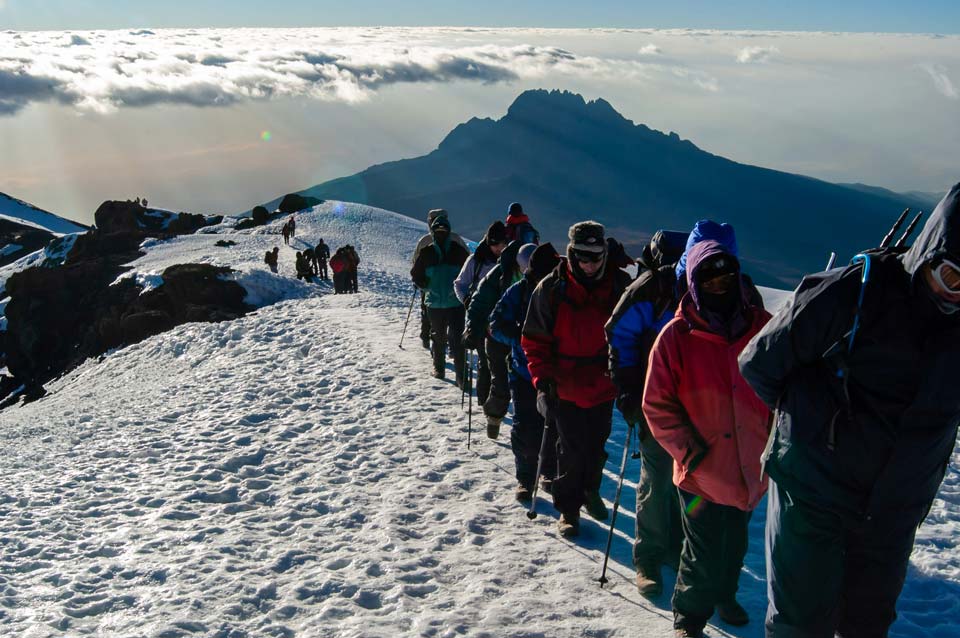
Your body needs time to adjust to the lower oxygen levels at high altitudes. Ascending too quickly can lead to altitude sickness. You can improve your acclimatization by:
- Taking your time to ascend, following an itinerary that allows for gradual elevation gain
- Staying hydrated and well-fed
- Sleeping lower than the highest point you reached during the day, if possible
Make sure you learn about the signs of altitude sickness before you climb Kilimanjaro. This is one of the biggest reasons why someone might not be able to summit, since the effects of it are different for everyone. Even athletes and people that are very physically fit can suffer really severe altitude sickness.
Routes to the Summit
There are multiple routes to the top of Mount Kilimanjaro, each with its own unique features and challenges. Your adventure to the peak can take different paths, from the more crowded and comfortable to the scenic and less trodden.
Picking the route that suits your ability is one of the most important decisions you’ll have to make!
Marangu Route
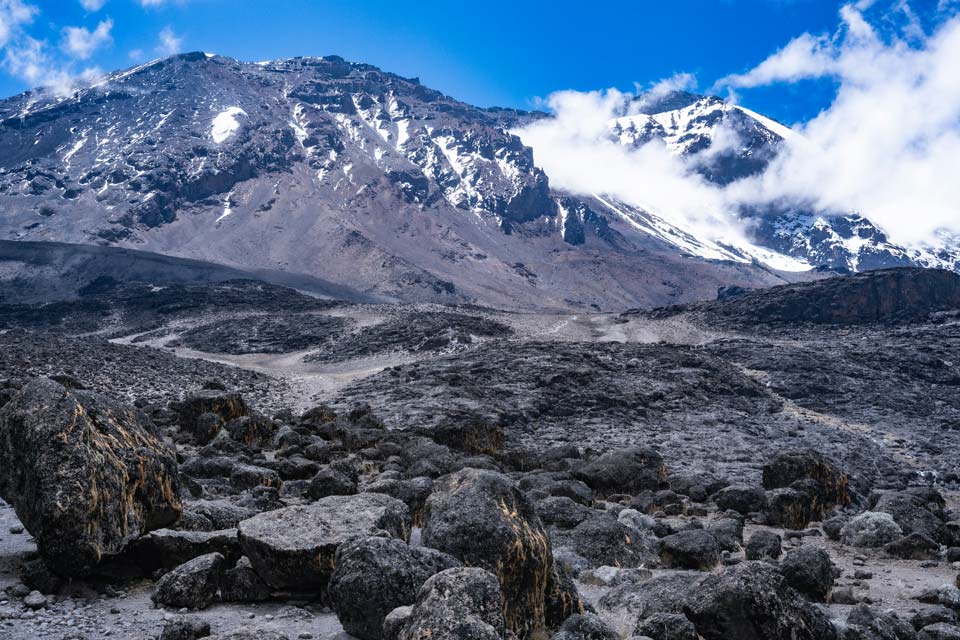
Often referred to as the “Coca-Cola” route, the Marangu Route is the oldest and most established path to Uhuru Peak. It’s your option if you prefer a more gradual climb with the comfort of sleeping huts at different campsites.
This route generally takes 5 to 6 days, allowing for a moderate acclimatization process. However, Marangu has a lower success rate due to the shorter acclimatization time, so consider taking the longer 6-day option to increase your chances of reaching the summit.
Machame Route
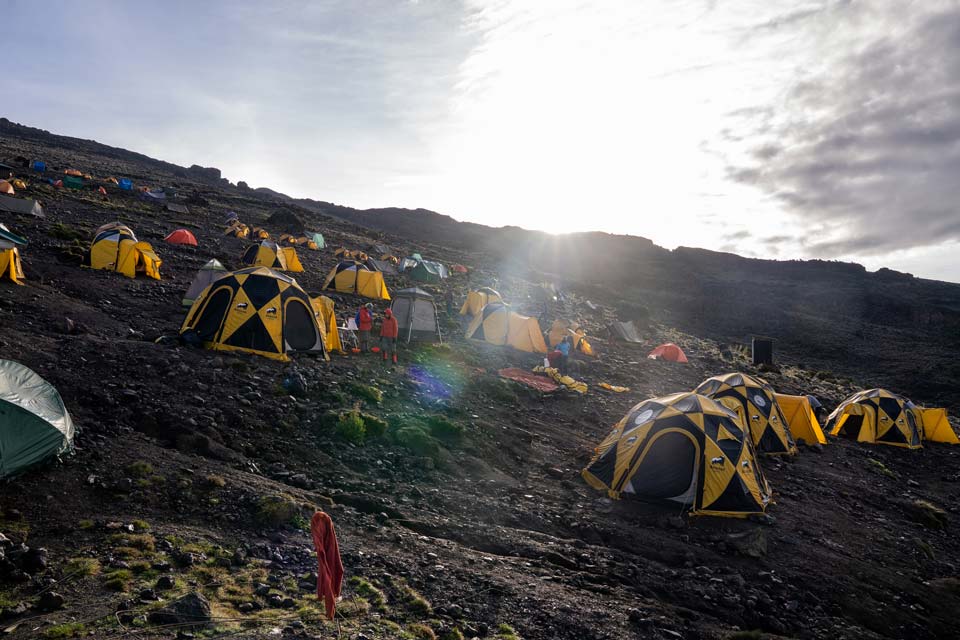
The Machame Route, also known as the “Whiskey” route, is favored for its beautiful scenery and higher success rate.
You’ll trek through rainforests, moorlands, and alpine deserts before reaching the peak. Unlike Marangu, Machame’s sleeping accommodations are in tents, which means you’ll get closer to nature.
This route is steeper than Marangu and is usually completed in 6 to 7 days, offering better opportunities for acclimatization.
Lemosho Route
Starting from the western side of Kilimanjaro, the Lemosho Route provides a longer and more remote journey to the summit.
It typically takes 7 to 8 days, promising a quiet and more gradual climb. This path gives you the chance to see wildlife and enjoy panoramic views as you progress through various climate zones.
Lemosho merges with the Machame Route after a few days, which means you’ll join other climbers on the latter part of the ascent, so you get the chance to socialize if you would like.
Price of The Kilimanjaro Climb
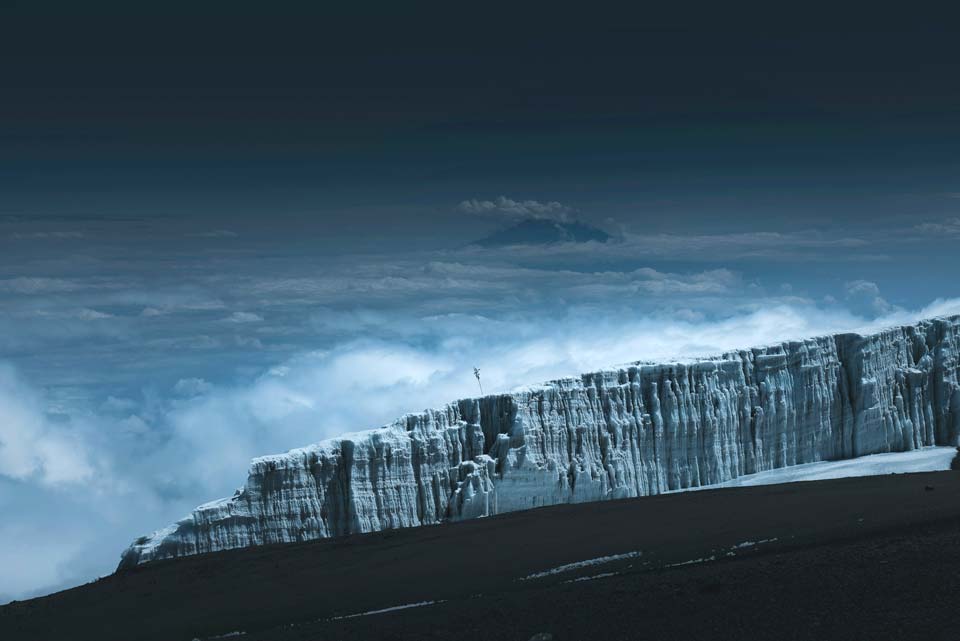
When you’re planning to climb Kilimanjaro, the price is a major factor to consider. Costs can vary greatly depending on factors such as the route you choose, the length of your trek, the level of comfort you require, and the season in which you climb.
Average Cost Range (in USD):
- Budget Climbs: $2,000 – $3,000
- Standard Climbs: $3,000 – $4,500
- Luxury Climbs: $5,000 and above
Things to Consider:
- Park Fees: A significant portion of your cost goes towards park fees, required for all climbers.
- Guides and Porters: You need experienced guides and porters for a safe climb; their wages are included in the total cost.
- Meals and Water: Nutritious meals and purified water are provided throughout your trek.
- Accommodation: This includes the night before and after your climb, plus camping during the trek.
- Transport: Includes transfers from the airport and to the starting point of your climb.
Prices may appear steep, but this is not an excuse to pick a cheap operator. These expeditions are expensive because they require extensive logistical planning and support teams.
Understand that a cheaper cost might mean cutting corners on essential items like safety, staff wages, and food quality.
Be wary of low-cost offers that seem too good to be true; they often are.
Picking The Right Tour Company
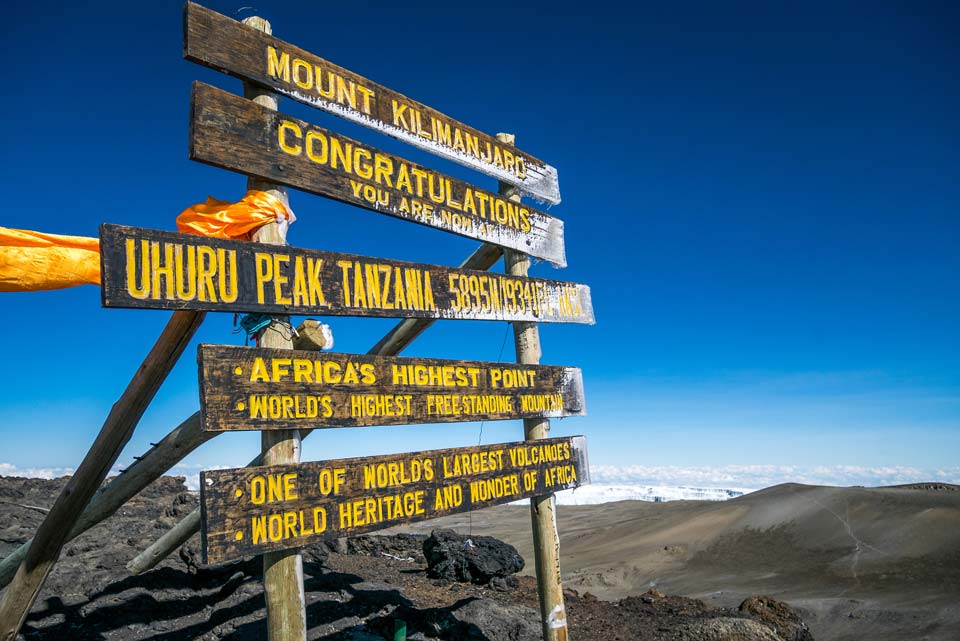
When you’re planning to climb Kilimanjaro, the tour company you choose can make a significant difference in your experience. The most important number is probably the summit success rate. A company with a high summit success rate indicates.
But there are other other facts that you should consider.
- Group size: Consider the size of the tour groups offered by the company. Smaller groups may offer a more personalized experience, while larger groups may be more cost-effective.
- Environmental responsibility: Consider a company that is committed to sustainable and responsible tourism practices, including minimizing environmental impact and supporting local communities.
- Inclusions: Compare the inclusions of different tour companies, such as accommodation, meals, transportation, and equipment. Make sure to choose a company that offers the amenities and services that are important to you.
- Emergency protocols: Confirm how they handle altitude sickness or evacuation.
Lastly, consider the value for money. Your experience is an investment, so find a balance between cost and the quality of services the company offers. Your decision should be based on clear, factual information that aligns with your needs and expectations for the climb.
Final Thoughts
Climbing Kilimanjaro is one of the most remarkable achievements in the hiking world. But as you probably know by now, it is no easy task. It’s crucial to train physically but also to be ready mentally for the challenges ahead. The climb will test you, but with the right mindset, you can reach the summit.
We hope our article on climbing Kilimanjaro has helped answer your questions about the tallest peak in Africa. Let us know if you have more questions!
